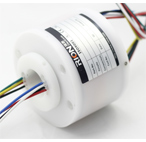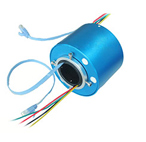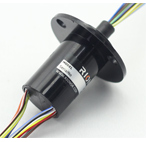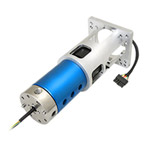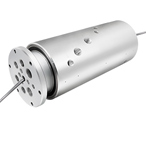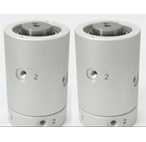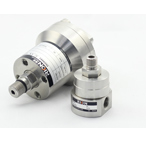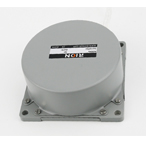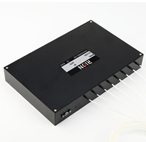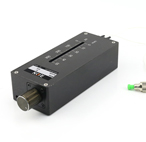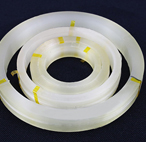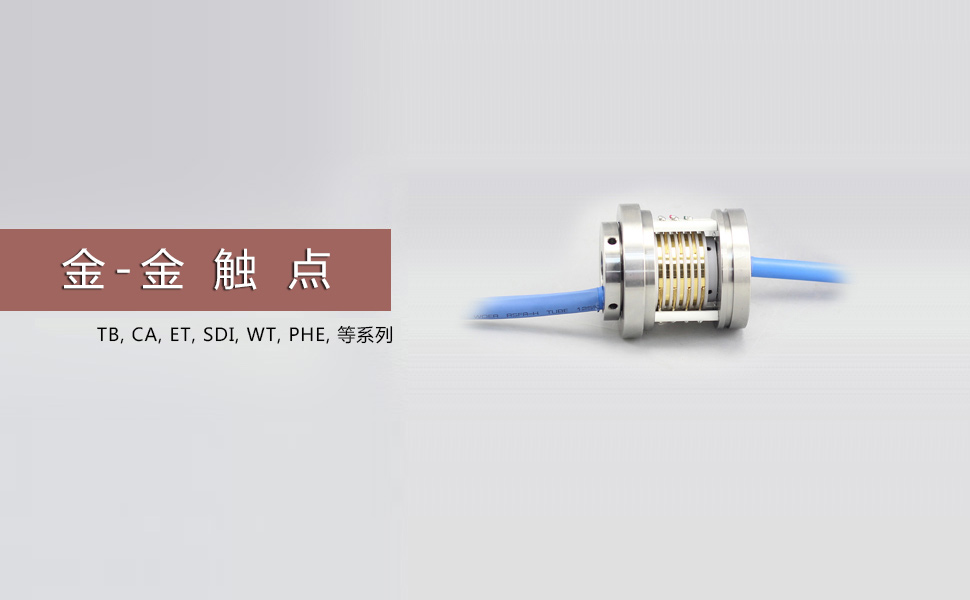Cases
- Thermocouple Slip Ring
- Fiber Optic Slip Ring
- Fiber Optic Rotary Joint
- Ethernet Slip Ring
- Small Slip Ring
- CCTV Slip Ring
- RF Slip Ring
- Devicenet Slip Rings
- Profinet Slip Rings
- Canbus Slip Rings
- RS232/485 Slip Rings
- USB Slip Rings
- Hydraulic slip ring
- pneumatic slip ring
- Wind Turbine Slip Ring
- GBit Ethernet Slip Ring
- Servo System Slip Ring
- Encoder Slip Ring
- Large Diameter Slip Ring
- High Frequency Slip Ring
- Winch Slip Ring
- Anti-Explosion Slip Ring
- Strain gauge Slip Ring
- UnderWater IP68 Slip Ring
- Crane Slip Ring
- Large Current Slip Ring
- Reel Cable Slip Ring
- Rotating-Door Slip Ring
- Pancake Slip Ring
- Military-Grade Slip Ring
- High-speed Slip Ring
- High Temp. Slip Ring
- Slip Rings for CT scan
Over the past fifty years, RION has solved some of the most demanding rotary connectivity problems. RION slip rings have been used in applications ranging from deep hole drilling, undersea exploration, armored vehicle targeting systems, UAV's and helicopters to space exploration.
We have highlighted a few of these applications to provide you with a better understanding for our capabilities and how RION is able to customize a solution to meet your specific requirements.
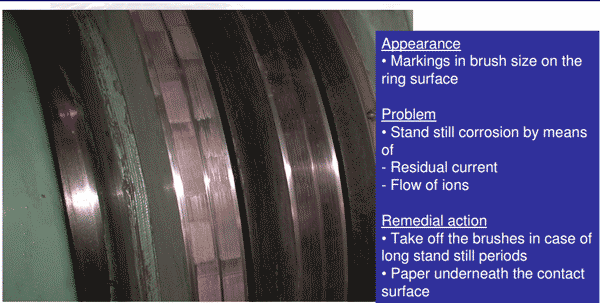
About Brush Wear
What is determined by electrical and mechanical load on the brush. Electrical wear is caused by longitudinal or active current as well as by cross current or short circuit current. In case of continuous sparking, the brush life may fall to a fraction of the normal rate due to burning and roughening of the contact faces. In order to improve commutation, it is often necessary to change to a better commutating and more elastic grade. One must, however, take into consideration that though such open textured and elastic brushes provide good commutation and reduce the electrical wear they have, on the other hand, a higher mechanical wear rate than dense and unelastic brushes due to their open texture. In order to achieve the longest possible brush life, one should always select a proper grade which is just sufficient for commutating requirements.
We have already explained that correct and even brush pressure is essential for satisfactory performance. In the case of bad brush performance the pressure should be checked although we feel that , the use of spring balance gives questionable result; it is however possible to check the uniformity of pressures of several brush holders by this method with sufficient accuracy.
It is of great importance for good brush performance that the brushes are located exactly in the neutral position. The makers of D.C. motors allow for adjusting the brush gear and mark its correct position. If the holder are fitted having a different distance between spindle center and center line of the brush running surface compared with the original holders then the brush gear must move accordingly. With the above, we wish to draw your attention to the most usual faults when fitting brushes and brush holders.

